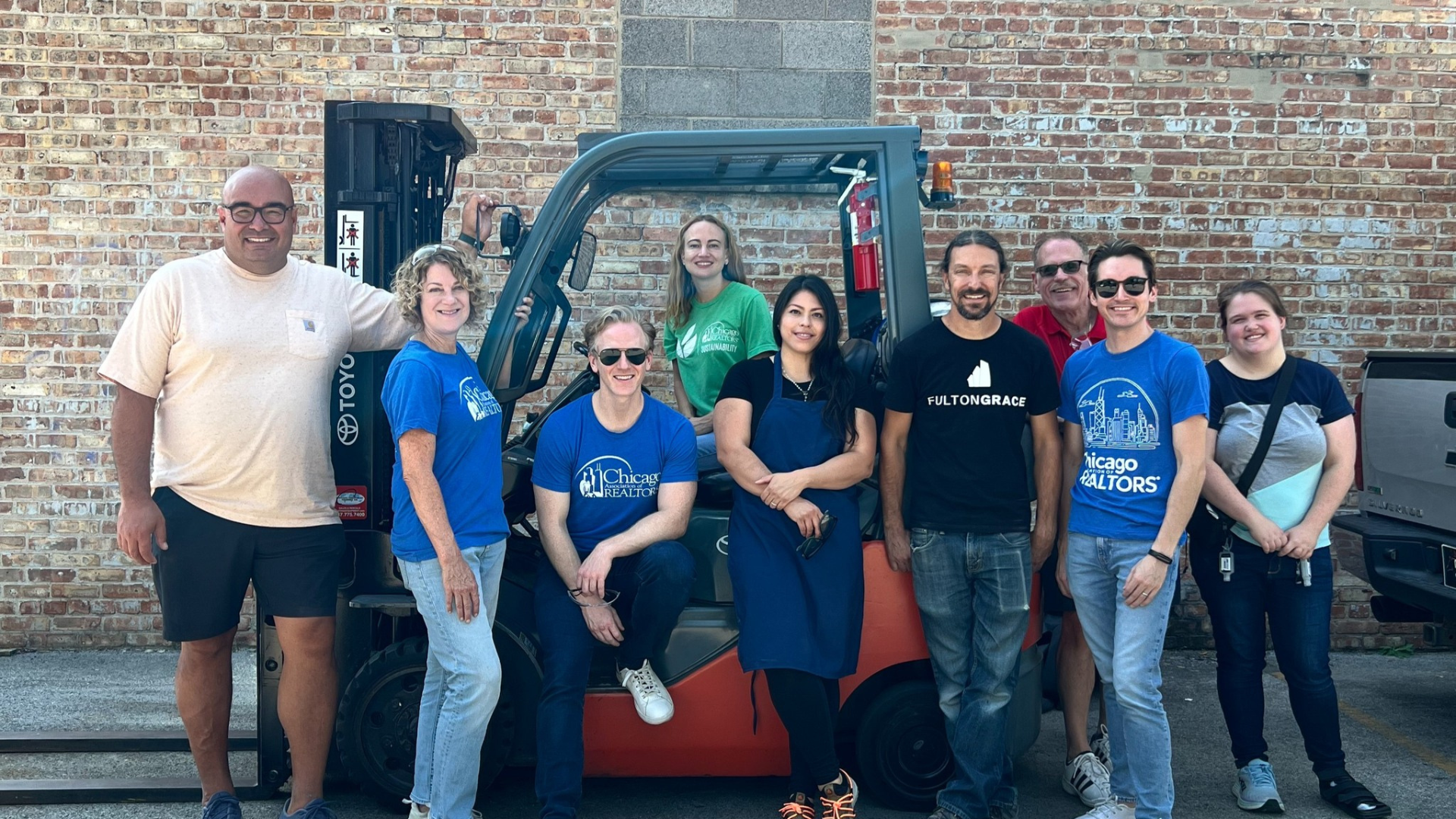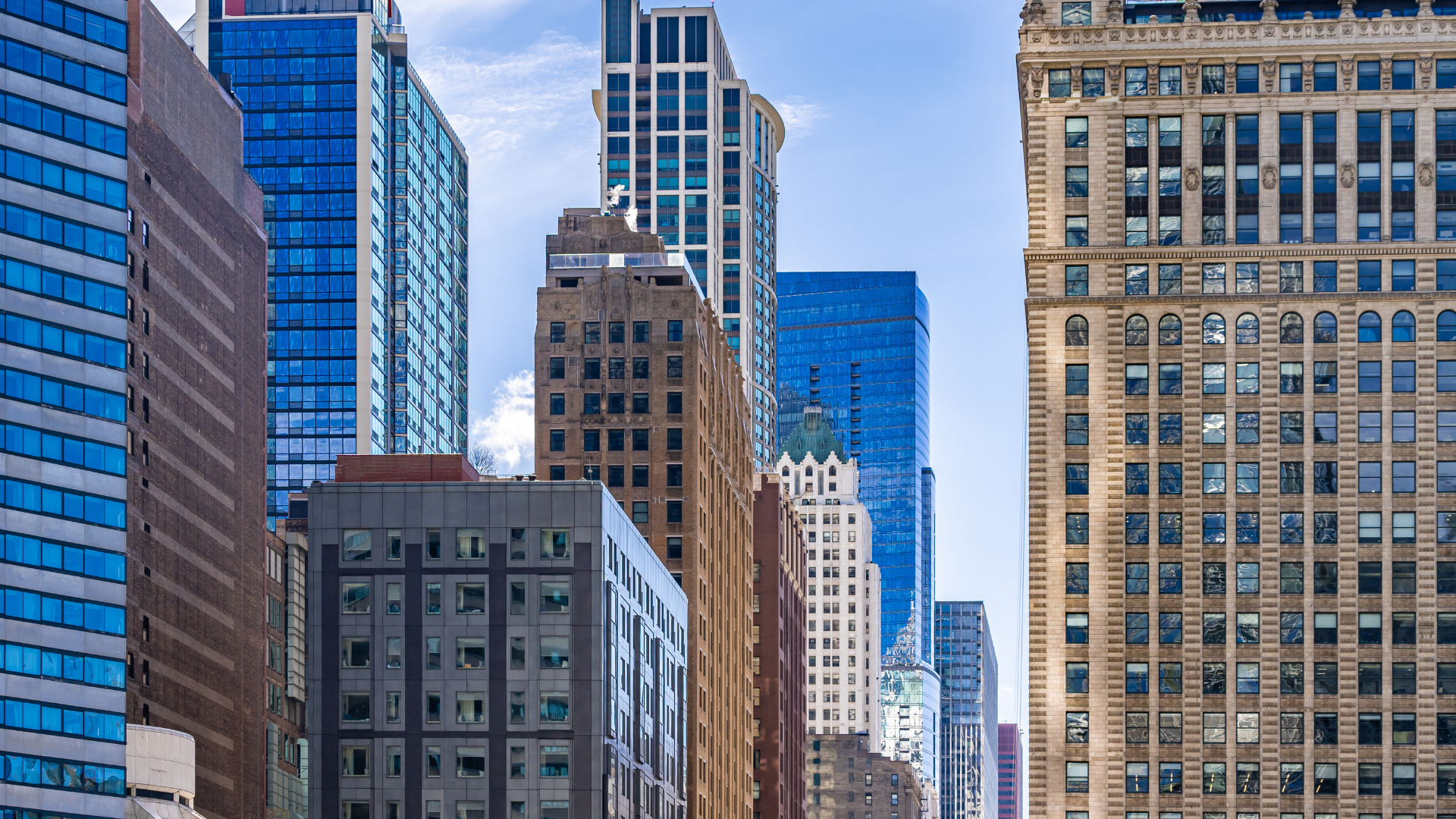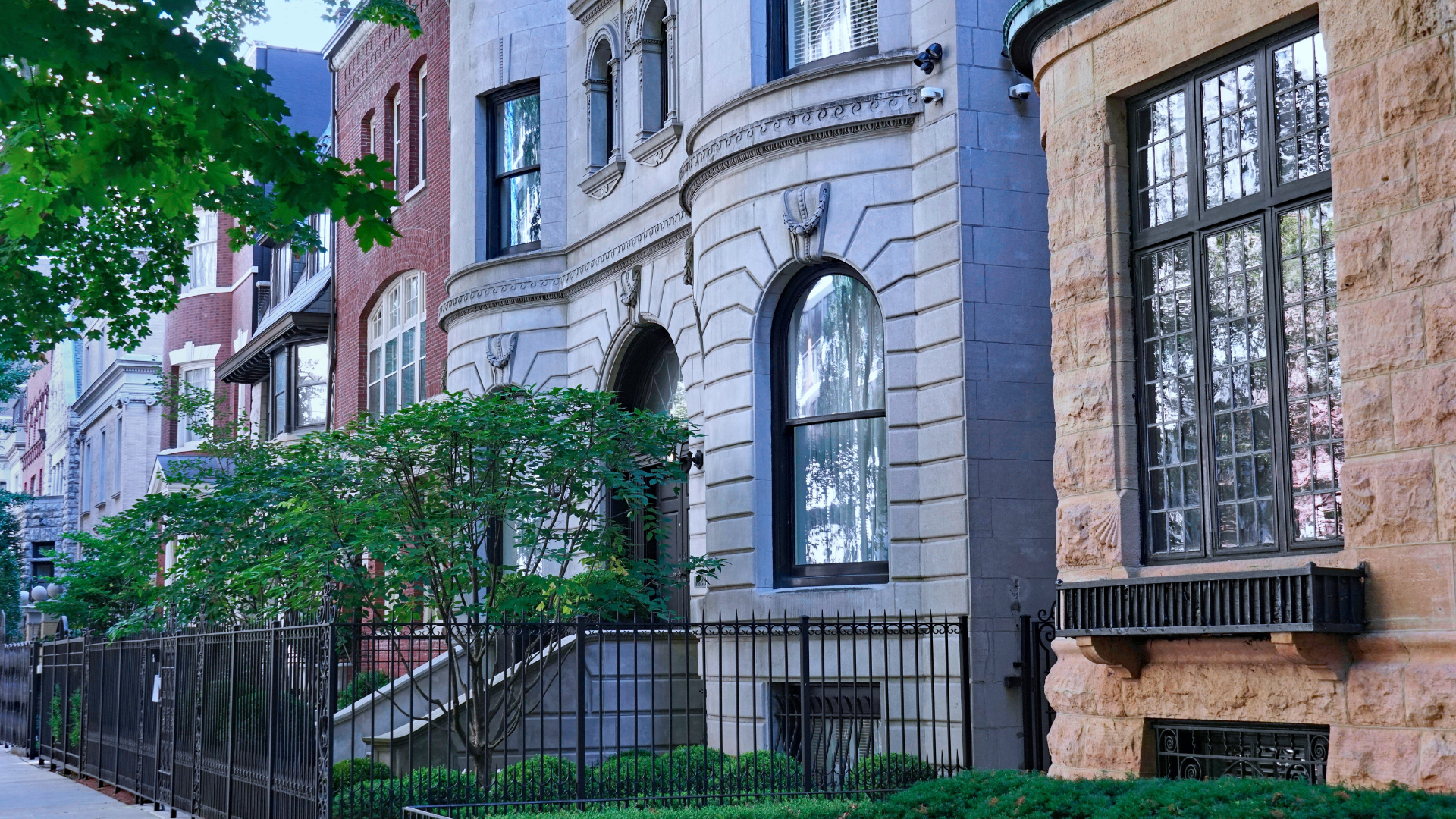On May 30th, our CommercialForum hosted its spring 2019 networking breakfast, which gave real estate practitioners an economic forecast and an in-depth look at the local commercial real estate market. Read below to find out what we learned and then check out photos from the event on Facebook!
Dr. Lawrence Yun, Chief Economist at the National Association of REALTORS® was our keynote speaker. He gave a comprehensive overview of current economic trends and what to expect for the remainder of the year.
You can check out his full slide presentation below:
This is what they had to say:
Locals Should Be More Involved
Tony Hardy, Marcus & Millichap, believes locals are missing out on a lot of opportunities in the multifamily market. “A lot of dollars are coming in from out of state and even out of the country,” he said. The reason being, there are challenges with perception versus reality. Many locals are failing to look at Chicago with fresh eyes. Remembering what a lot of neighborhoods used to be, they aren’t seeing what a lot of these neighborhoods are now or what they are going to be in the near future.
Another issue is the messaging about a mass exodus from Chicago. While some neighborhoods have seen an outflux, many are still growing. “In neighborhoods where people are making $100,000 or more, the populations are actually increasing,” Tony said. This is in addition to the talent and new residents hailing from Chicago’s colleges and universities.
Dan Stratis, @properties Commercial, added that locals still remember the recession of 2008. Chicago took particularly long to recover, compared to other cities. This makes them hesitant to buy and invest.
The Industrial Market is Booming, but There Are Challenges
“For the last five years, industrial has been the best performing asset,” Jimena Sayavedra said. With 1.2 billion square feet in industrial properties, Chicago is the country’s second largest industrial market. It continues to be a hotspot because it’s centrally located and has the transportation and infrastructure in place that big companies need for importing and exporting their products.
There will continue to be growth in this area, as companies expand their distribution and e-commerce footprint to keep up with the Amazon-era. Right now, there are 20 industrial projects underway in Illinois that add up to 26 million square feet in space.
There are challenges, however. In the City of Chicago, there is low inventory for industrial investors. While there are a lot of buildings, they’re often considered obsolete because they aren’t big enough to manage the space needed for e-commerce. Much of the industrial properties within the City of Chicago range from 30 thousand to 60 thousand square feet, which isn’t big enough for the larger companies. Meanwhile, in Chicago’s suburbs, industrial properties are overbuilt. The last three to four years there was a lot of development, but the talent hasn’t been drawn to those areas quite yet.
Retail Isn’t Obsolete, It’s Changing
“I don’t know if you ever heard of Sears, but they were in the Amazon business in the early 1900s, but Sears didn’t evolve,” Chris Irwin, Colliers International, said. In retail, bigger stores are going towards a boutique format. There’s an increase in the popularity of experiential retail spaces, like REI off the Clybourne Corridor. Medical concierge-type locations also becoming more popular, with many healthcare providers popping up in strip malls to keep up with the demand of an aging population (the number of people over 65 is expected to double over the next 40 years).
It’s important to keep in mind that many of Chicago’s neighborhoods and the City of Chicago are supportive of retail, as these generate sales tax and foot traffic. When opening up industrial and office properties, consider any opportunity to add some form of retail to the business plan.
Office Spaces Are Moving
Kris Keller, KW Commercial, said the office market is “okay,” noting that there is “more industrial space in Chicago than retail and office combined.” Right now, there’s a trend of office space moving from suburban areas toward the Central Business District (CBD). Companies such as Motorola Solutions, Sunoco, AT&T and McDonalds have relocated or made plans to relocate to the CBD to attract more talent. As a result, there are eight million square feet of office space in development and even more being planned. Therefore, there are certainly office investment opportunities – it’s all about location.
A challenge is that a lot of current office space needs to be transformed and updated. For example, old medical offices are becoming obsolete, as nearly 70 percent of all doctors are now part of healthcare systems and have moved into healthcare facilities. Their old offices – characterized by small examination rooms and lots of water lines – aren’t ideal for other tenants. Current property owners are hesitant to spend money to transform these spaces and as a result, the properties often remain vacant.
There’s [Some] Opportunity Everywhere
David Ellerman, CCIM, SperryCGA-Ellermann Brokerage, suggested that investors go west. “With the cap rate softening, the further west you get, there are some great opportunities for local buyers, as well as out of state buyers,” he said. He also noted, however, that as millennials age and build families, they are moving out of downtown and into Chicago’s surrounding suburbs. This has added to the urbanization in a lot of these areas, creating investment opportunities.
Within city lines, the panelists specifically named Pilsen, West Village and the area from Ashland and Ogden to Grand and Lake as places to watch for investment opportunities.
Tony and Jimena were sure to remind everyone of the investment opportunities in some of Chicago’s low-income, under-developed neighborhoods. Tony noted the Qualified Opportunity Zones program gives great incentives for investment in areas like South Shore, Woodlawn, Hyde Park and Washington Park. Jimena is excited that Chicago’s new administration has committed funds to industrial investment.
Dan Wagner, of event sponsor The Inland Real Estate Group of Companies, Inc., said the investment trends all point toward “life-driven businesses,” which drive performance throughout all economic cycles. “Profit types we see falling into this category include, but are not limited to, multifamily residential, healthcare and self-storage properties,” he said.
What’s Next?
Are you ready to double-down on some of these opportunities? CommercialForum is proud to present the Opportunity Zones Summit on Tuesday, June 18th. Here’s your chance to hear from and meet real estate practitioners who are currently involved in some of the biggest Opportunity Zone projects in our city.







